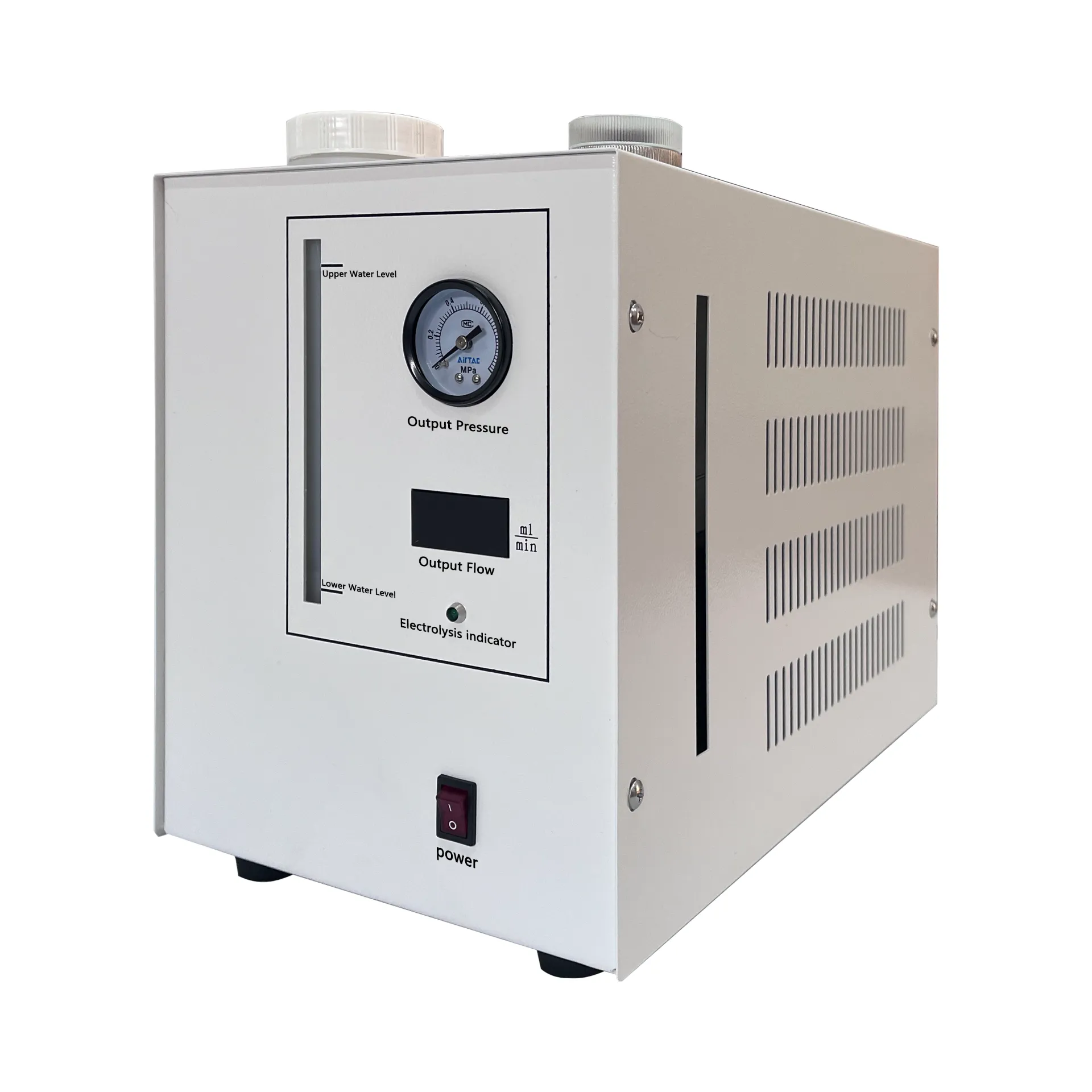 English
English



-
 Afrikaans
Afrikaans -
 Albanian
Albanian -
 Amharic
Amharic -
 Arabic
Arabic -
 Armenian
Armenian -
 Azerbaijani
Azerbaijani -
 Basque
Basque -
 Belarusian
Belarusian -
 Bengali
Bengali -
 Bosnian
Bosnian -
 Bulgarian
Bulgarian -
 Catalan
Catalan -
 Cebuano
Cebuano -
 China
China -
 China (Taiwan)
China (Taiwan) -
 Corsican
Corsican -
 Croatian
Croatian -
 Czech
Czech -
 Danish
Danish -
 Dutch
Dutch -
 English
English -
 Esperanto
Esperanto -
 Estonian
Estonian -
 Finnish
Finnish -
 French
French -
 Frisian
Frisian -
 Galician
Galician -
 Georgian
Georgian -
 German
German -
 Greek
Greek -
 Gujarati
Gujarati -
 Haitian Creole
Haitian Creole -
 hausa
hausa -
 hawaiian
hawaiian -
 Hebrew
Hebrew -
 Hindi
Hindi -
 Miao
Miao -
 Hungarian
Hungarian -
 Icelandic
Icelandic -
 igbo
igbo -
 Indonesian
Indonesian -
 irish
irish -
 Italian
Italian -
 Japanese
Japanese -
 Javanese
Javanese -
 Kannada
Kannada -
 kazakh
kazakh -
 Khmer
Khmer -
 Rwandese
Rwandese -
 Korean
Korean -
 Kurdish
Kurdish -
 Kyrgyz
Kyrgyz -
 Lao
Lao -
 Latin
Latin -
 Latvian
Latvian -
 Lithuanian
Lithuanian -
 Luxembourgish
Luxembourgish -
 Macedonian
Macedonian -
 Malgashi
Malgashi -
 Malay
Malay -
 Malayalam
Malayalam -
 Maltese
Maltese -
 Maori
Maori -
 Marathi
Marathi -
 Mongolian
Mongolian -
 Myanmar
Myanmar -
 Nepali
Nepali -
 Norwegian
Norwegian -
 Norwegian
Norwegian -
 Occitan
Occitan -
 Pashto
Pashto -
 Persian
Persian -
 Polish
Polish -
 Portuguese
Portuguese -
 Punjabi
Punjabi -
 Romanian
Romanian -
 Russian
Russian -
 Samoan
Samoan -
 Scottish Gaelic
Scottish Gaelic -
 Serbian
Serbian -
 Sesotho
Sesotho -
 Shona
Shona -
 Sindhi
Sindhi -
 Sinhala
Sinhala -
 Slovak
Slovak -
 Slovenian
Slovenian -
 Somali
Somali -
 Spanish
Spanish -
 Sundanese
Sundanese -
 Swahili
Swahili -
 Swedish
Swedish -
 Tagalog
Tagalog -
 Tajik
Tajik -
 Tamil
Tamil -
 Tatar
Tatar -
 Telugu
Telugu -
 Thai
Thai -
 Turkish
Turkish -
 Turkmen
Turkmen -
 Ukrainian
Ukrainian -
 Urdu
Urdu -
 Uighur
Uighur -
 Uzbek
Uzbek -
 Vietnamese
Vietnamese -
 Welsh
Welsh -
 Bantu
Bantu -
 Yiddish
Yiddish -
 Yoruba
Yoruba -
 Zulu
Zulu
Understanding the Magnetic Balance in Transformer Operations and Design
Magnetic Balance of Transformers
Transformers are essential components in electrical systems, utilized for the transmission and distribution of electrical energy. Among their critical properties, the concept of magnetic balance plays a pivotal role in determining their efficiency, performance, and longevity. Understanding the magnetic balance of transformers allows engineers and technicians to design devices that can operate optimally under varying load conditions while minimizing losses and issues related to overheating, humming, and inefficiency.
At the heart of a transformer is its core, typically constructed from laminated silicon steel to enhance magnetic properties. The core facilitates magnetic flux, which is produced when alternating current flows through the primary winding, inducing a magnetic field that passes through the core and links to the secondary winding. The design and construction of this core influence how effectively the transformer operates and maintains magnetic balance.
Magnetic balance refers to the even distribution of the magnetic flux across all the phases in a multi-phase transformer. When a transformer is correctly balanced, it ensures that the magnetic flux is equal in each winding, preventing any one phase from carrying more load than the others. This balance is crucial for several reasons, including efficiency and thermal management.
In a balanced transformer, the operational benefits are significant. First, it helps to minimize losses due to unbalanced currents. When one phase is overloaded, it can lead to overheating and increase losses associated with resistive heating, ultimately reducing the transformer's efficiency. Moreover, unbalanced conditions can produce harmonic distortions in the system, adversely affecting the overall power quality.
magnetic balance of transformer

Another consequence of poor magnetic balance is the potential for mechanical stresses within the transformer's core. Imbalances can cause excessive current flow in certain phases, generating higher magnetic forces that can physically distort the core materials over time. This mechanical stress can lead to premature aging of the components and could even result in catastrophic failure if left unaddressed.
To achieve magnetic balance, engineers often focus on the design and construction of the transformer, taking into account factors such as winding arrangement, core material, and insulation. Advanced simulation tools can analyze how changes to these variables affect magnetic balance, allowing for optimization of designs before physical production.
It is also vital to conduct regular maintenance and monitoring of transformers in service. Techniques such as thermography can detect hotspot areas indicative of magnetic imbalance. Electrical measurements can also identify deviations from expected performance, allowing for timely intervention and corrective actions when imbalances are detected.
Furthermore, design adoption of transformer configurations, such as delta-wye (Δ-Y) or wye-delta (Y-Δ), may be employed to help alleviate potential unbalances. Each configuration offers varying connectivity benefits and can enhance overall system stability, making it easier to manage magnetic balance within the transformer.
In conclusion, magnetic balance is a critical aspect of transformer functionality that influences operational efficiency, thermal management, and overall system stability. By understanding and employing strategies to maintain magnetic balance, electrical engineers can significantly improve transformer performance and reliability. Whether through innovative design practices or routine maintenance, ensuring that transformers operate under balanced conditions is essential for the effective distribution of electrical energy, ultimately benefiting consumers and industries alike. By prioritizing magnetic balance, the electrical engineering community can continue to advance in designing safer, more efficient transformers for a sustainable future.
-
Using Distillation Range Testers in the Food and Beverage IndustryNewsApr.16,2025
-
The Impact of IoT on Distillation Range Tester PerformanceNewsApr.16,2025
-
The Best Distillation Range Testers for Extreme ConditionsNewsApr.16,2025
-
How Distillation Range Testers Save Time and MoneyNewsApr.16,2025
-
Distillation Devices for Advanced Separation TechniquesNewsApr.16,2025
-
Common Mistakes to Avoid When Using a Distillation Range TesterNewsApr.16,2025



